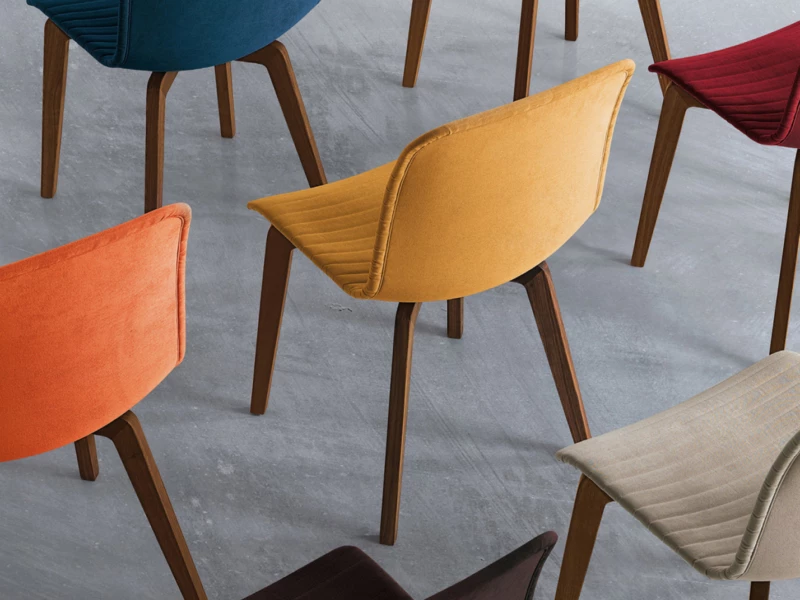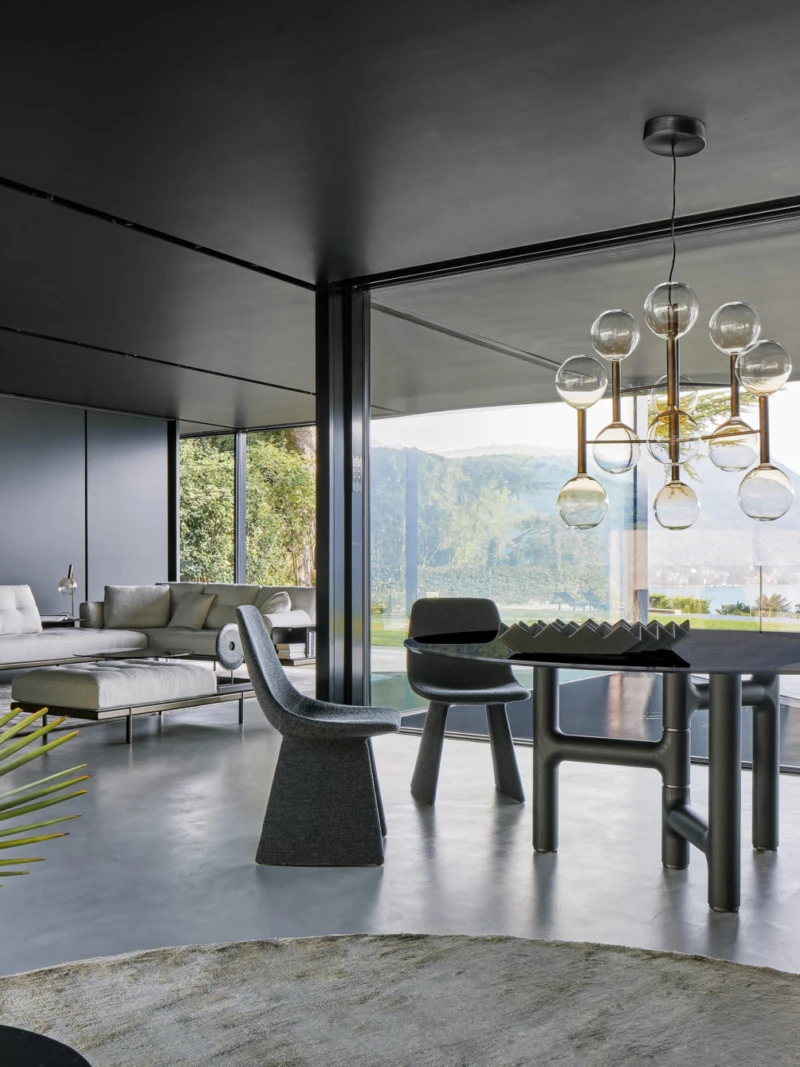
A throne of one’s own: From royal seats to everyday statement chairs
At Bradfords, everyone deserves a chair that feels like their own. A seat that says this is where I belong. Not just another piece of furniture, but a place of presence; the heart of a home.
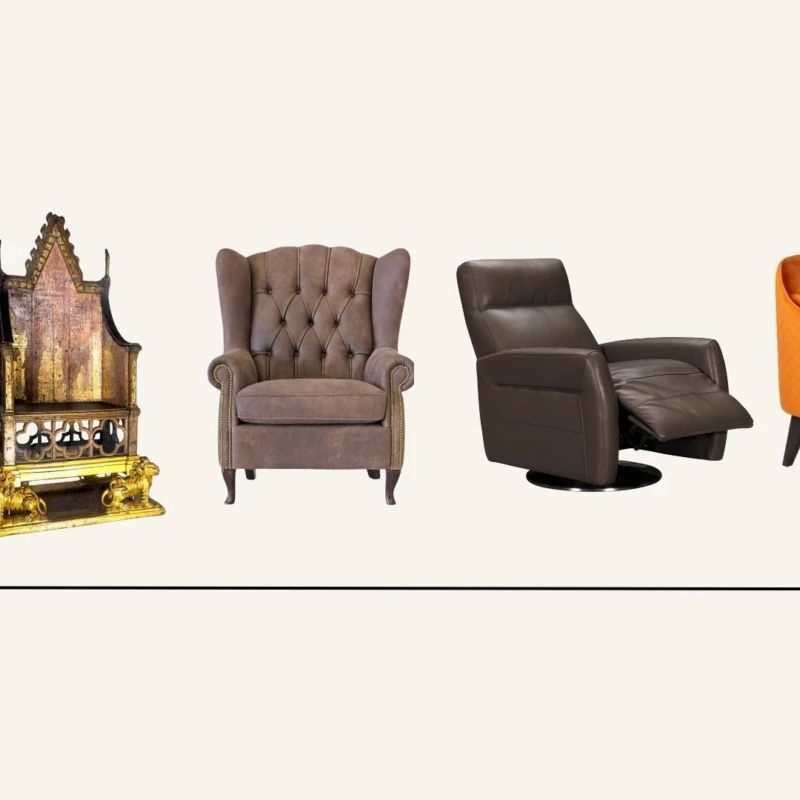
At Bradfords, everyone deserves a chair that feels like their own. A seat that says this is where I belong. Not just another piece of furniture, but a place of presence; the heart of a home.
For over 70 years, we’ve seen accent chairs do just that. They’ve evolved from high-backed grandeur to sculptural statements, from quiet corners to centre stage. These chairs don’t raise you above others, but give you a place to land. To exhale. To connect. Whether you’re catching up with friends, storytelling with the grandkids, or simply stealing five quiet minutes to yourself, the right chair matters.
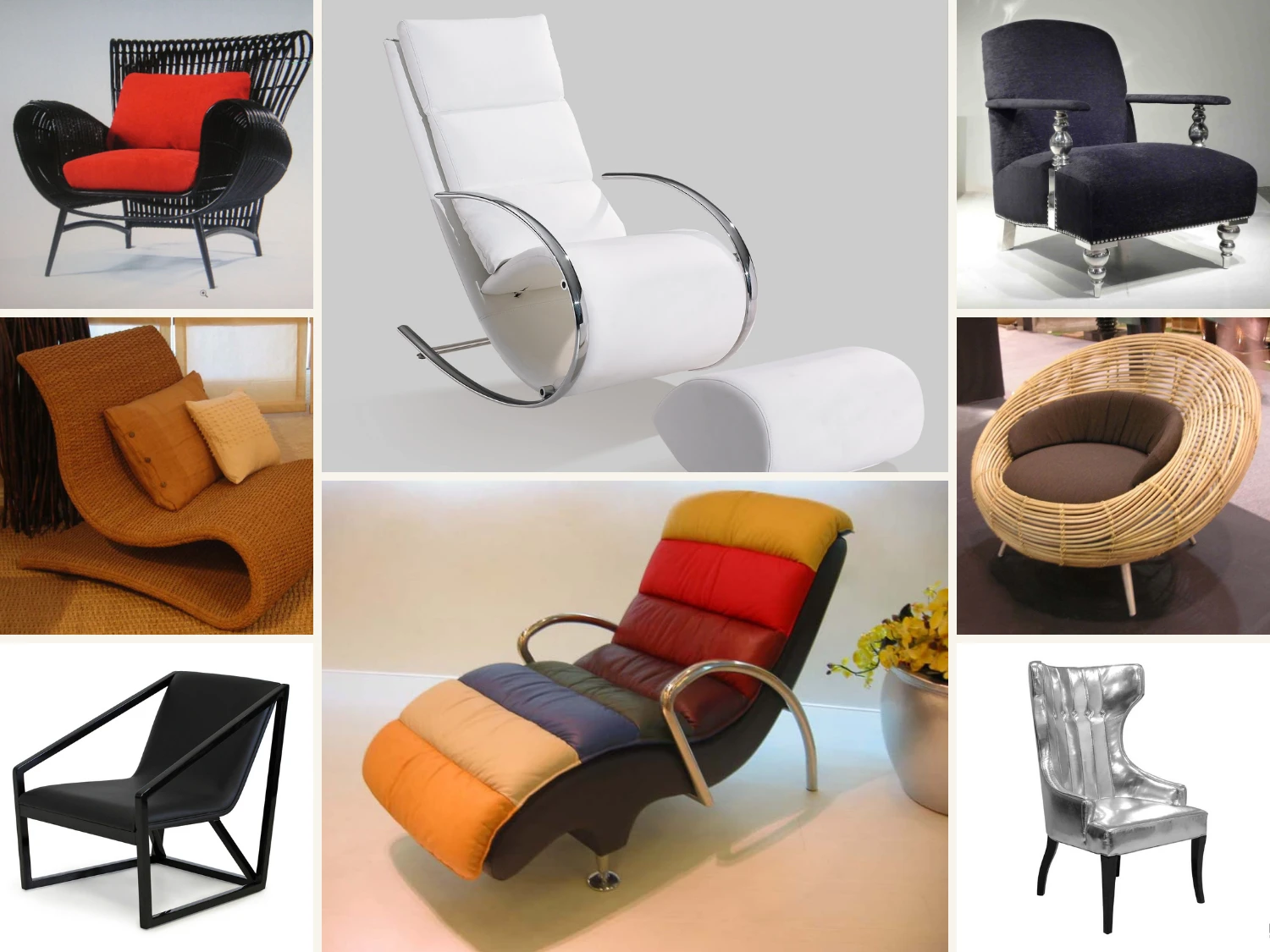
Bradfords has watched accent chair trends evolve with the times. Each decade brings its own shapes, styles and materials. From the plush silhouettes of the ‘70s to the clean lines of mid-century design and the bold curves of today, every era has crowned its own kind of rends evolve with the times.
From power to presence: the rise of the modern throne
In today’s homes, the accent chair is more than functional. It’s expressive, sculptural, sometimes bold, sometimes understated — but always with a story to tell. It’s the seat someone gravitates to each morning with their coffee. The one the dog isn’t supposed to sit on, but always does. The one pointed out proudly to guests with, “That’s my favourite chair.”
Design has shifted from dominance to dwelling. No longer reserved for kings or bishops, thrones now take the form of armchairs in sun-drenched corners, study nooks, or open-plan lounges chosen not for power, but for presence.
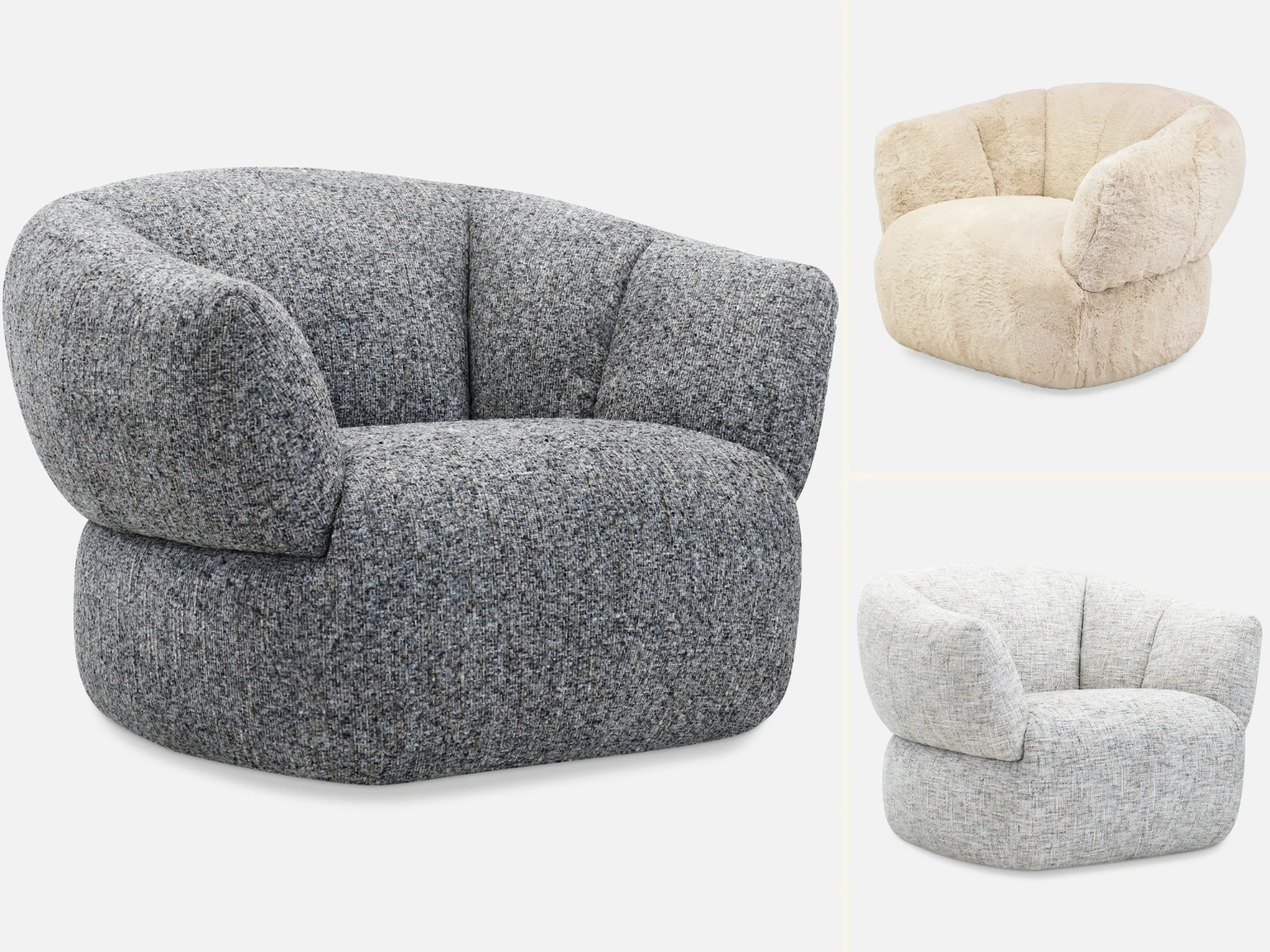
Take XANO, for instance. Plush, cocooning and irresistibly inviting, it brings comfort with personality. The curved frame and generous proportions make it perfect for homes that embrace softness and style. It’s one of our favourite modern thrones made not for royalty, but for real life.
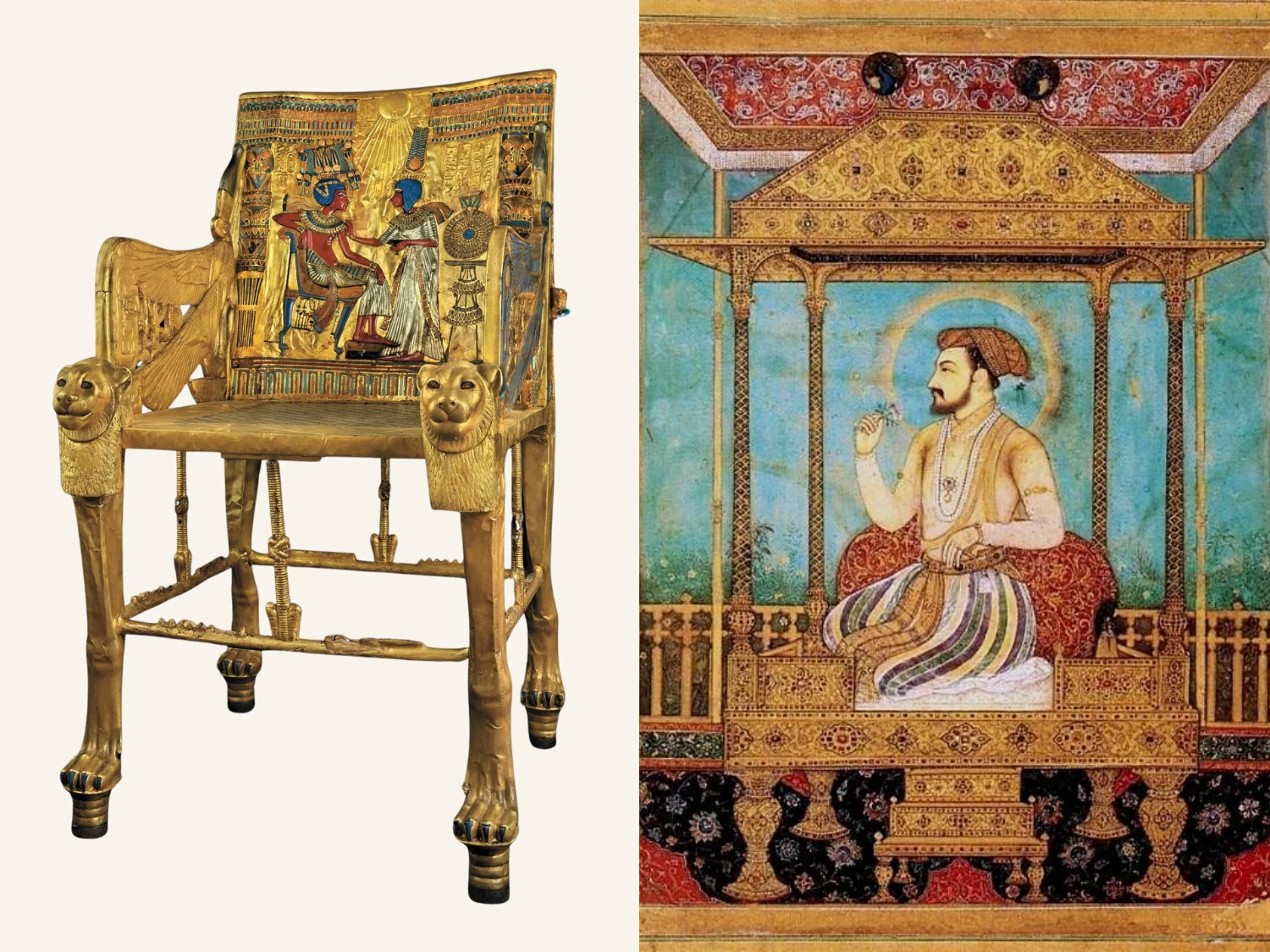
On the left, the Golden Throne of pharaoh Tutankhamun, and on the right the Peacock Throne of the Mughal
A brief history of thrones (and why they still matter)
Of course, the idea of a ‘throne’ isn’t new. From ancient Egypt to Mesopotamia, the earliest thrones weren’t about comfort — they were declarations. Tall-backed, gold-lined, ivory-carved. Think of the Lion Throne in Tibet or the Peacock Throne of the Mughal emperors. They were built to be seen. To separate the ruler from the ruled.
Even in medieval Europe, thrones like King Edward’s Chair in Westminster Abbey were theatrical displays of authority, used in coronations to symbolise status and power. They told a story: I am in charge.
But as society changed, so too did our relationship with seating. From divine symbols to design objects, thrones gradually became more about how we live than what we rule.

King Edward’s Chair in Westminster Abbey, as seen at King Charles Coronation in May 2023
Thrones for the everyday; celebrating the King’s Birthday at Bradfords
As we mark the King’s Birthday this June, we’re honouring the idea of the throne — not as something distant or ceremonial, but as something personal and grounding. A chair that reflects intention. That anchors a space. That belongs to you.
Our collection of accent chairs captures this spirit: elegant, expressive, and enduring. Whether bold or soft-spoken, each one is a modern-day throne for the people who shape their homes with meaning.
Because you don’t need a crown to claim your seat of honour.

